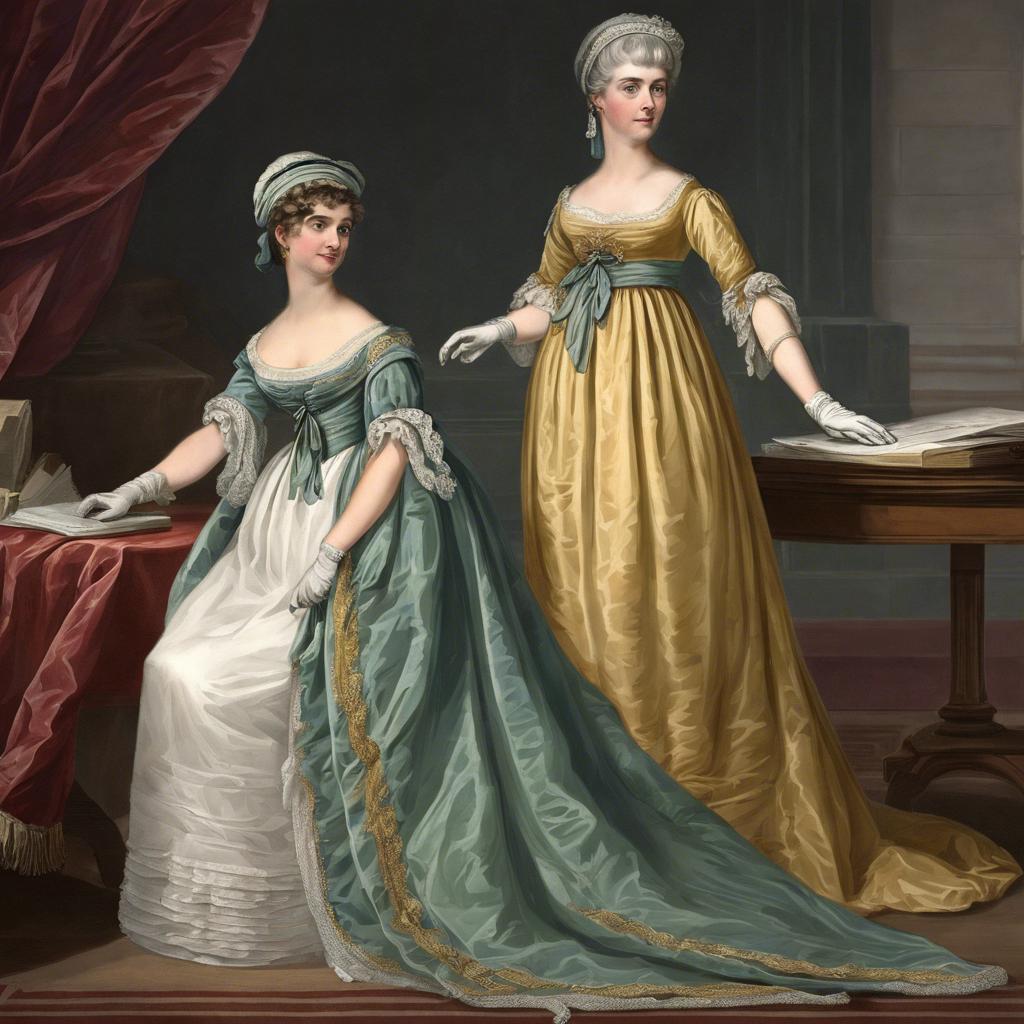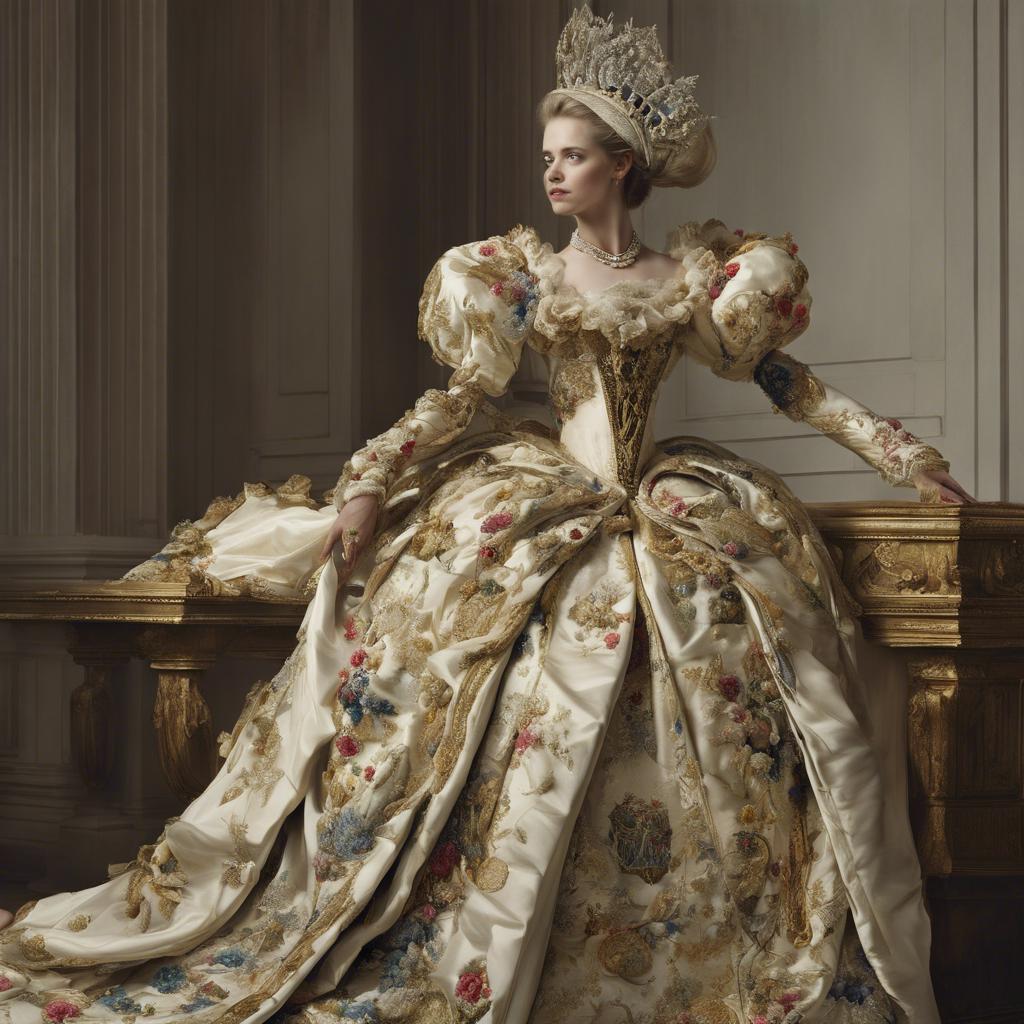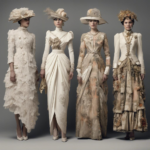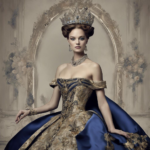During the Regency era, court dress played a significant role in determining one’s social standing and influence within the aristocratic circles of British society. This elaborate and meticulously-crafted attire reflected not only the wearer’s wealth and status, but also their adherence to the strict etiquette and fashion norms of the time. In this article, we will delve into the intricate details of Regency era court dress and explore the cultural significance it held during this illustrious period in history.
Step Into the World of Cheryl Bolen
Dive into the enchanting stories of love, intrigue, and elegance set in the Regency Era. Cheryl Bolen's novels offer timeless romance and captivating tales that will leave you wanting more.
Explore Cheryl Bolen's Books Now
Regency Era Court Dress: A Symbol of Aristocracy and Luxury
In the extravagant world of the Regency Era, court dress served as a powerful symbol of aristocracy and luxury. These opulent garments were carefully designed to showcase the wearer’s social status and wealth, making them a crucial aspect of court culture during this time period.
Regency Era court dress was characterized by intricate detailing, rich fabrics, and elaborate embellishments. Gowns were often made from luxurious materials such as silk, satin, and velvet, and adorned with delicate lace, embroidery, and beading. The use of sumptuous fabrics and ornate decorations helped to create a look that was both elegant and extravagant, reflecting the lavish lifestyle of the aristocracy.
For women, court dress typically consisted of a corseted bodice, full skirt, and elaborate accessories such as tiaras, gloves, and fans. Men, on the other hand, wore tailored suits with waistcoats, breeches, and ornate coats. These outfits were carefully chosen to convey power and prestige, with each garment serving as a status symbol in the competitive world of the Regency court.
The Evolution of Regency Era Court Dress: From Simple Elegance to Extravagant Glamour
In the early years of the Regency era, court dress was characterized by its simple yet elegant style. Women typically wore high-waisted gowns with flowing skirts made of lightweight fabrics such as muslin or silk. These dresses were often adorned with delicate lace and ribbon trimmings, reflecting the refined taste of the time.
As the Regency era progressed, court dress evolved into a more extravagant and glamorous style. Women began wearing dresses with fuller skirts and elaborate embellishments, such as intricate embroidery and beading. Pastel colors like pale pink and light blue became popular choices for court attire, adding a touch of femininity and sophistication to the overall look.
By the end of the Regency era, court dress had reached peak extravagance. Women’s gowns featured voluminous skirts supported by layers of petticoats and hoops, creating a dramatic silhouette. Fabrics like velvet and satin were favored for their luxurious sheen, while jeweled accessories like tiaras and necklaces added a regal touch to the ensemble. The evolution of Regency era court dress showcases the shift from simplicity to grandeur, reflecting the changing fashion tastes of the time.
Key Elements of Regency Era Court Dress: Fabrics, Silhouettes, and Accessories
In the Regency Era, court dress was a symbol of wealth, status, and sophistication. Fabrics played a key role in creating these extravagant garments. Luxurious materials such as silk, satin, velvet, and lace were commonly used to craft elaborate gowns fit for the royal court. These fabrics were chosen not only for their beauty but also for their ability to drape elegantly and create stunning silhouettes.
The silhouette of Regency era court dress was characterized by its high waistline, empire style bodice, and flowing skirts. The empire waistline, which sat just below the bust, accentuated the natural curves of the female figure and created a sense of grace and femininity. Skirts were typically full and gathered at the waist, adding volume and movement to the overall look. Accessories such as ribbons, bows, and beading were often incorporated to enhance the elegance of the silhouette.
Accessories played a crucial role in completing the look of Regency era court dress. Women adorned themselves with gloves, fans, parasols, and elaborate headdresses to add a touch of opulence to their ensembles. Jewelry, such as pearls, diamonds, and cameos, were also popular accessories that added a sense of refinement and sophistication. These accessories were carefully chosen to complement the overall outfit and elevate it to a truly regal level.
Tips for Recreating Regency Era Court Dress: Research, Authenticity, and Attention to Detail
In order to recreate a stunning Regency Era court dress, it is essential to conduct thorough research to ensure historical accuracy. Dive into books, paintings, and fashion plates from the early 19th century to gather inspiration and understand the intricate details of the era’s fashion. Pay close attention to fabrics, silhouettes, trimmings, and accessories that were popular during this time period.
Authenticity is key when it comes to embodying the elegance of Regency style. Choose fabrics such as silk, satin, and muslin that were commonly used in regency era queen”>court gowns of the era. Opt for empire waistlines, puffed sleeves, and delicate embroidery to capture the essence of Regency fashion. Add regal touches such as lace, ribbons, and beading to elevate your ensemble and transport yourself back to the court of Jane Austen’s novels.
Attention to detail is paramount in recreating a Regency Era court dress that wows. From the intricate draping of a skirt to the placement of delicate lace trim, every element must be meticulously executed to achieve an authentic look. Consider accessorizing with a reticule, gloves, and a tiara to complete your ensemble and truly embody the sophistication and grace of a Regency lady. Remember, it’s the small details that make a big impact when it comes to historical fashion recreation!
Future Outlook
the regency era court dress exemplified the opulence and refinement of the period. From the intricate embroidery to the luxurious fabrics, these garments were a symbol of wealth and status. The strict rules and etiquette surrounding court dress reflected the rigid hierarchy of society during this time. As we look back on this period in history, we can appreciate the craftsmanship and attention to detail that went into creating these stunning ensembles. The regency era court dress serves as a reminder of the grandeur and sophistication of a bygone era.


